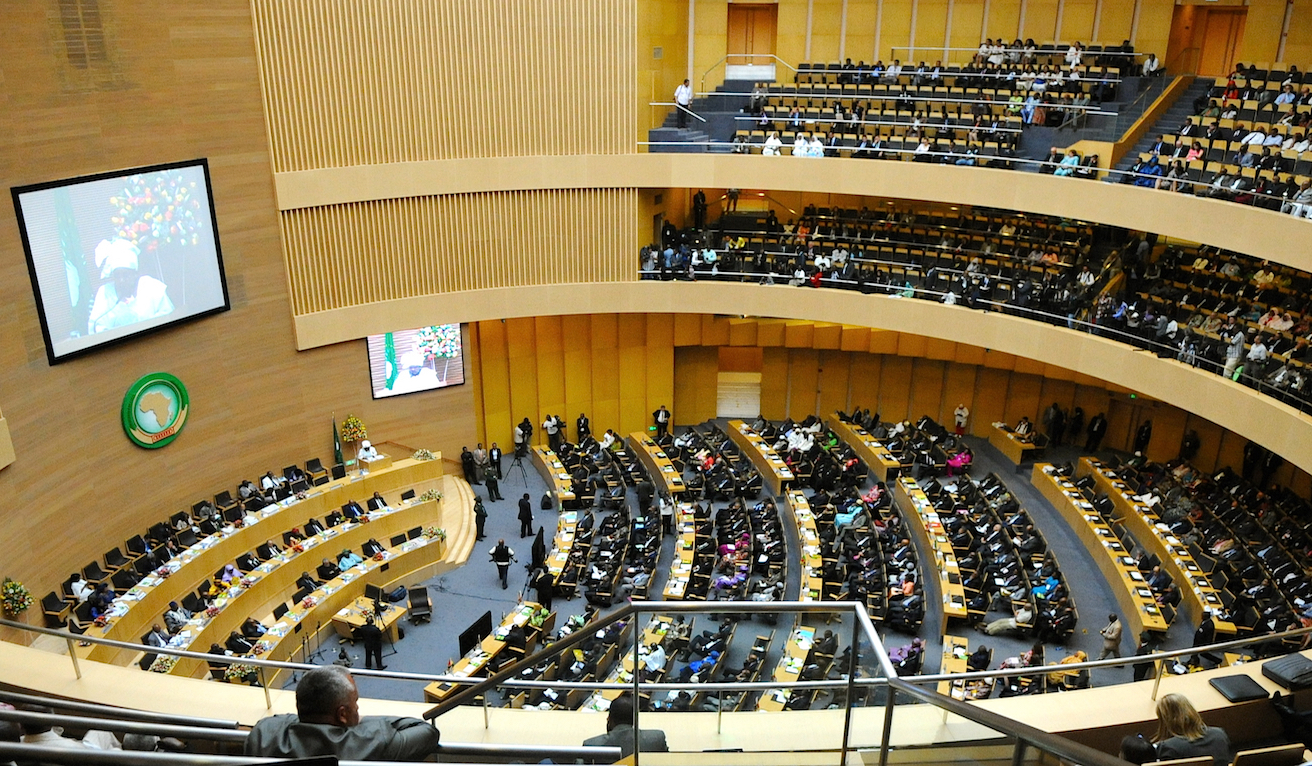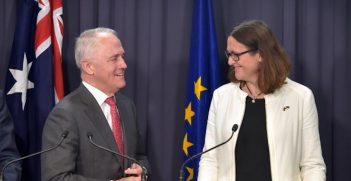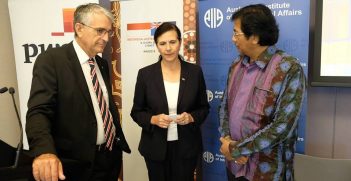The Africa Continental Free Trade Area (AfCFTA): What it Denotes for Africa and its People

The recently concluded 12th Extra-Ordinary Summit of the African Union in Niamey, Niger formally launched the operational phase of the Africa Continental Free Trade Area. The area will represent the largest free trade zone in the world by population, given Africa’s 1.2 billion people.
What is the Africa Continental Free Trade Area?
The Africa Free Trade Agreement emanates from the 18th Ordinary Session of the Assembly of Heads of State and Government of the Africa Union that was held at the organisations headquarters in Addis Ababa, Ethiopia in January 2012, followed by negotiations in June 2015. The 18th Ordinary Summit also outlined an ambitious goal of establishing a Continental Free Trade Area.
According to the African Union, the AfCFTA main objectives encompass creating a single continental market for goods and services and facilitating the free movement of business persons and investments. The agreement also acknowledges the instrumental role that existing regional economic communities such as Southern African Development Community (SADC), East African Community (EAC), and the Common Market for Eastern and Southern Africa (COMESA) have played in advancing intra-Africa trade and further aims to liberalise trade amongst RECS member states as well non-member states.
The AfCFTA agreement garnered the political support and regional commitment it needed with signatures of 44 out of the 55 AU member states during the 10th Extraordinary Summit of Heads of State and Government of the AU in Kigali, Rwanda on 21 March 2018. The agreement was legally entered into force on 30 May 2019, thirty days after Sierra Leone and the Saharawi Republic deposited their instruments of ratification with the depositary. These two depositions also met the minimum requirement of ratification of the AfCFTA agreement by 22 nations as per Article 23 of AfCFTA agreement. The Africa Trade Pact has since signed by 54 nations with Nigeria and Benin as the latest additions during the AU Summit in Niamey, July 2019. The agreement has also now been ratified by 27 countries with Gabon and Equatorial Guinea thus marking towards augmenting intra-regional trade.
Expected benefits of the AfCFTA agreement?
The United Nations Conference on Trade and Development contends that the successful implementation of AfCFTA agreement will not only connect and provide a market for the continents 1.2 billion people but it also include a gross domestic product (GDP) of $2.14 trillion. The expected removal of tariffs and non-tariffs barriers should also result in a significant increment of intra-African trade of 52.3 percent by 2020. Additionally, such steps should result in better use of manufacturing and agricultural resources on the continent, as well as a reduction in the continent’s proclivity on importing of raw materials thus increasing her productivity levels. Africa’s well renowned industrial sector should witness an increment in industrialisation and manufacturing and thus provide more employment for the continent’s youthful population. The AfCFTA agreement is also in concert with the Protocol on Free Movement of Persons and Right to Residence, which was signed by 30 member states during the AU Summit in Kigali in March 2018. A protocol that is pivotal to the establishment and free movements of goods as well citizens in the continent .
Challenges:
Whilst the AfCFTA agreement has been signed by 54 of the 55 African countries, namely Eritrea, ambiguities remain on just how successful its implementation will be especially given the economic disparities between larger and smaller economies ,as well as the absence of trade standardisation and enforcement and the overlapping of membership within the existing regional economic communities. Indeed, of the member states that include SADC and COMESA, Mauritius is the only country that does not impose tariffs when trading. Additionally, fratricidal differences, emanating from politics within RECs could hamper the realisation of free trade within the continent .The closure of the Rwanda-Uganda border earlier in the year not only resulted in Uganda losing $664 million worth of exports to Rwanda, and Rwanda recording loses of $104 million. It was also in direct violation of the East African Community (EAC) treaty in relation to the freedom of movement and trade over the border. And whilst this should a worrying concern for intra-regional trade, its plausibility is limited because of dual or sometimes multiple membership that countries with several regional economic communities. Overlapping membership thus diminishes the incentive to adhere to set rules and obligations, as well policy implementations of a regional economic community.
Additionally, the realisation and success of the AfCFTA agreement is hinged on improved infrastructural development amongst African countries, especially land locked countries like Burundi and Lesotho. The lack of adequate infrastructure and ease of transportation, high transaction costs, strict border regulations as well the prevalence of corruption has contributed to low trade volumes amongst Africa countries. The Brooking Institution’s 2018 report on Boosting Trade and Investment noted that intra-African exports accounted for only 19 percent of the continents total trade in 2018. This figure is significantly lower in comparison to other continents , with 59 percent of intra-Asia trade, 69 percent of intra-Europe trade and 31 percent of intra-North America trade. Indeed, according to the World Bank’s 2018 Ease of doing business index, only four (Kenya , Rwanda , Mauritius and Morocco) of the continent’s 55 countries are ranked as highly favourable destinations to enhance business activity.
The signing of the AfCFTA has been heralded has been welcomed by regional leaders and relevant institutions alike. Indeed, the International Monetary Fund (IMF) labelled the Africa Free Trade Agreement as a potential “economic game changer” in the organisation’s May 2018 report. Whilst the agreement reinvoked chatter of Pan-Africanism, it will be prudent for African leaders to be cognisant of the failure of previous regional trade agreements such as the Lagos Plan for Action in 1980 and the Treaty Establishing the African Economic Community in Abuja, 1991. However, going by recent events, such as the just concluded operational phase in Niamey, Niger and the preceding AU Summits pertaining to AfCFTA, it would appear that African leaders are course on to achieve economic growth and development as per the AU’s Agenda 2063.
Wesley Kajirwa is a recent graduate from the University of Melbourne with a Master’s Degree in International Relations. Wesley’s main area of interest encompass peace and conflict studies, as well as the human rights sector with keen in Eastern and Western Africa.
This article is published under a Creative Commons Licence and may be republished with attribution.





